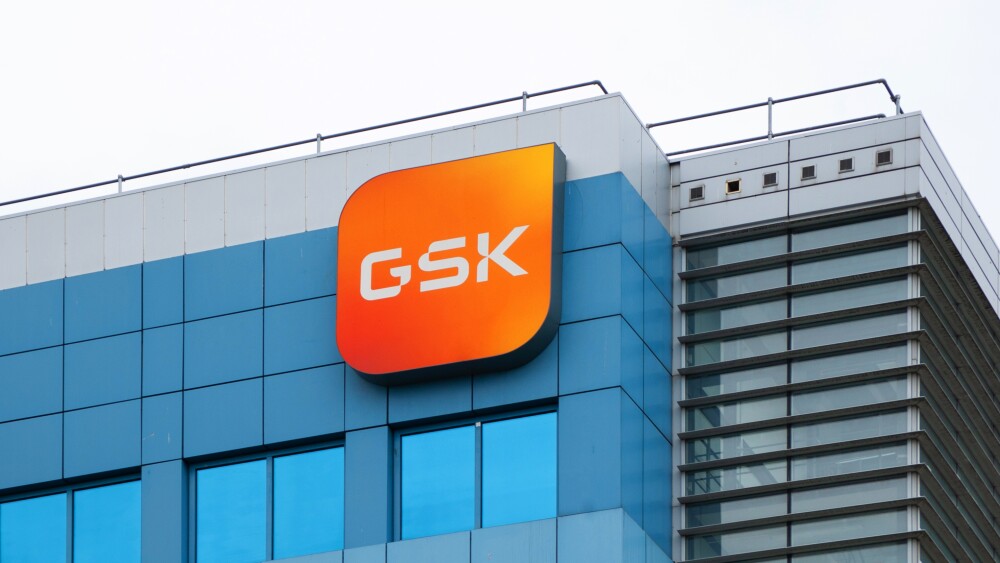- First-quarter 2017 earnings per share (EPS) were a loss of $0.10 on a reported basis, resulting from the acquisition of CoLucid Pharmaceuticals. First-quarter 2017 EPS were $0.98 on a non-GAAP basis.
- The company has revised 2017 EPS to be in the range of $2.60 to $2.70 on a reported basis. On a non-GAAP basis, the company has reaffirmed 2017 EPS to be in the range of $4.05 to $4.15.
- Pipeline events included European Commission approval of Olumiant, positive Phase 3 data from abemaciclib and Taltz, and a complete response letter from the FDA for baricitinib.
INDIANAPOLIS, April 25, 2017 /PRNewswire/ -- Eli Lilly and Company (NYSE: LLY) today announced financial results for the first quarter of 2017.
$ in millions, except per share data | First Quarter | % | |||||||
2017 | 2016 | Change | |||||||
Revenue | $ | 5,228.3 | $ | 4,865.1 | 7 | % | |||
Net Income (Loss) Reported | (110.8) | 440.1 | NM | ||||||
Earnings (Loss) Per Share Reported | (0.10) | 0.41 | NM | ||||||
Net Income Non-GAAP | 1,039.6 | 882.3 | 18 | % | |||||
EPS Non-GAAP | 0.98 | 0.83 | 18 | % | |||||
Certain financial information for 2017 and 2016 is presented on both a reported and a non-GAAP basis. Some numbers in this press release may not add due to rounding. Reported results were prepared in accordance with generally accepted accounting principles (GAAP) and include all revenue and expenses recognized during the periods. Non-GAAP measures exclude the items described in the reconciliation tables later in the release. The company's 2017 financial guidance is also being provided on both a reported and a non-GAAP basis. The non-GAAP measures are presented to provide additional insights into the underlying trends in the company's business.
"Lilly's new product launches, including Trulicity and Taltz, led the company to a strong quarter of volume-driven revenue growth. We achieved this growth while maintaining our commitment to expand margins and improve productivity," said David A. Ricks, Lilly's president and CEO. "The progress we made in the first quarter continues the positive momentum we've built over the past few years. We remain on track to sustain a steady flow of innovation that has the potential to improve patients' lives and create value for shareholders."
Key Events Over the Last Three Months
Commercial
- The company and Boehringer Ingelheim launched Synjardy® XR (empagliflozin and metformin hydrochloride extended-release) tablets in the U.S. for adults with type 2 diabetes. Synjardy is part of the company's alliance with Boehringer Ingelheim.
Regulatory
- With respect to Olumiant® (baricitinib) on which we collaborate with Incyte:
- The European Commission granted marketing authorization for 4 mg and 2 mg film-coated tablets in the European Union for the treatment of moderate-to-severe active rheumatoid arthritis in adult patients who have responded inadequately to, or who are intolerant to, one or more disease-modifying antirheumatic drugs. Olumiant has been launched in select European countries.
- The U.S. Food and Drug Administration (FDA) issued a complete response letter for the New Drug Application (NDA) of baricitinib, an investigational medication for the treatment of moderate-to-severe rheumatoid arthritis, indicating that the FDA is unable to approve the application in its current form. The FDA specifically stated that additional clinical data are needed to determine the most appropriate doses and to further characterize safety concerns across treatment arms.
- The European Commission approved an update to the Synjardy label to include a change to the indication statement and inclusion of data on the reduction of risk of cardiovascular death in patients with type 2 diabetes and established cardiovascular disease when treated with empagliflozin.
- The FDA approved updates to the label for Trulicity® (dulaglutide) to include use in combination with basal insulin for adults with type 2 diabetes.
Clinical
- With respect to Phase 3 trials of abemaciclib, a cyclin-dependent kinase (CDK)4 and CDK6 inhibitor, being tested in women with hormone-receptor-positive (HR+), human epidermal growth factor receptor 2-negative (HER2-) advanced breast cancer:
- The company announced that abemaciclib, in combination with fulvestrant, in women who have relapsed or progressed after endocrine therapy was superior to fulvestrant plus placebo on progression-free survival. Lilly intends to initiate global submissions of these results, as well as for single-agent abemaciclib based on a previous Phase 2 study, beginning in the second quarter of 2017.
- The company announced results of a preplanned interim analysis, evaluating abemaciclib, in combination with an aromatase inhibitor (letrozole or anastrozole), compared to treatment with an aromatase inhibitor plus placebo. The trial met its primary endpoint of demonstrating statistically significant improvement in progression-free survival. In addition, improvement was shown in a key secondary endpoint of objective response rate. Lilly intends to begin global submissions of these results in the third quarter of 2017.
- The company announced that patients with moderate-to-severe plaque psoriasis treated with Taltz® (ixekizumab) demonstrated superior efficacy at 24 weeks compared to patients treated with Stelara® (ustekinumab).
Business Development/Other
- The company completed its acquisition of CoLucid Pharmaceuticals. As a result of this acquisition, lasmiditan, in development for the acute treatment of migraine, has been added to Lilly's Phase 3 pipeline.
- The Japan IP High Court confirmed the decisions of the Japan Patent Office and ruled in Lilly's favor in the invalidation trials initiated by Sawai regarding Lilly's vitamin regimen patents for Alimta® (pemetrexed disodium).
- The company announced plans to invest $850 million in its U.S. operations in 2017. The company's investments span facilities across its U.S. enterprise, including research laboratories, manufacturing sites, and general and administrative areas. The investments are being driven by demand for Lilly products, as well as the company's robust pipeline of potential medicines in development targeting cancer, pain, diabetes and other unmet medical needs.
First-Quarter Reported Results
In the first quarter of 2017, worldwide revenue was $5.228 billion, an increase of 7 percent compared with the first quarter of 2016. The revenue increase was driven by an 8 percent increase due to volume, partially offset by a 1 percent decrease due to the unfavorable impact of foreign exchange rates. The increase in worldwide volume was largely due to 9 percent pharmaceutical growth driven by Trulicity, Taltz and other new products including Cyramza®, LartruvoTM, Basaglar® and Jardiance®. To a lesser extent, the increase in volume was also driven by companion animal products due to the inclusion of $40.8 million in revenue from the acquisition of Boehringer Ingelheim Vetmedica's U.S. feline, canine and rabies vaccine portfolio. These total volume increases were partially offset by decreased volumes for Zyprexa® and Alimta®.
Revenue in the U.S. increased 15 percent, to $2.934 billion, driven primarily by increased volumes for Trulicity, Taltz, Lartruvo and companion animal products due to the inclusion of revenue from the acquisition of Boehringer Ingelheim Vetmedica's U.S. feline, canine and rabies vaccine portfolio, partially offset by decreased volume for Alimta. Realized prices increased U.S. revenue by 3 percent, primarily driven by Humalog®, which had significant unfavorable changes to rebates and discounts in the first quarter of 2016 that did not recur in the first quarter of 2017.
Revenue outside the U.S. decreased 1 percent, to $2.295 billion, due to lower realized prices and volume from the loss of exclusivity for several products including Cymbalta® in Canada and Europe, Zyprexa in Japan and Alimta in numerous countries, as well as the unfavorable impact of foreign exchange rates. These were largely offset by increased volume for several newly launched pharmaceutical products, including Trulicity and Cyramza.
Gross margin increased 10 percent, to $3.901 billion, in the first quarter of 2017 compared with the first quarter of 2016. Gross margin as a percent of revenue was 74.6 percent, an increase of 1.8 percentage points compared with the first quarter of 2016. The increase in gross margin percent was primarily due to manufacturing efficiencies.
Operating expenses in the first quarter of 2017, defined as the sum of research and development, and marketing, selling and administrative expenses, were $2.783 billion, an increase of 3 percent compared with the first quarter of 2016. Research and development expenses increased 1 percent, to $1.238 billion, or 23.7 percent of revenue. Marketing, selling and administrative expenses increased 5 percent, to $1.545 billion, due to increased expenses related to new pharmaceutical products, partially offset by decreased expenses related to late life-cycle products. Operating expenses were 53.2 percent of revenue in the first quarter of 2017, a reduction of 2.2 percentage points compared with the first quarter of 2016.
To read full press release, please click here.




